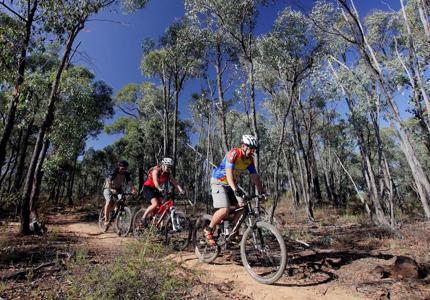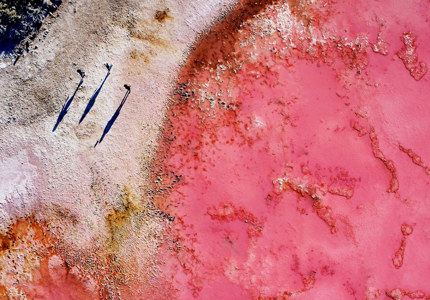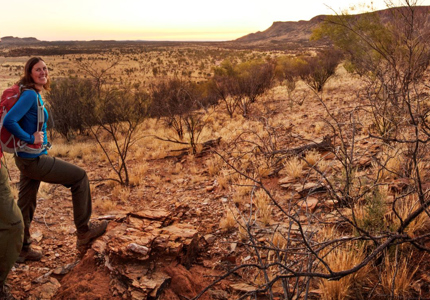Anna’s Reservoir Conservation Reserve
Historical Sites and Heritage Locations
Anna’s Reservoir was critical to the success of explorer John McDouall Stuart, who discovered, described and named it in April 1860. He visited the reservoir on the forward and return journeys of each of his attempts to reach the north coast. Returning from his final (successful) expedition in September 1862, the availability of water and grass at Anna’s Reservoir – at a time when Stuart himself was critically ill and the surrounding areas parched – enabled completion of the journey.
The reservoir played an important part in the epic 1879–1880 journey by Alfred Giles, overlanding 8000 sheep and 4000 cattle to establish Springvale near Katherine. Anna’s Reservoir homestead ruins are highly significant because of their association with the Barrow Creek Pastoral Company venture, the most ambitious enterprise of its kind in Central Australia. Billy Benstead, manager of the venture, chose Anna’s Reservoir as the site of the station homestead in early 1884.
The ruins are emblematic of one of the few documented cases in which Aboriginal resistance forced a withdrawal of white settlement. Anna’s Reservoir remains an important wildlife watering hole.
The ruins are emblematic of one of the few documented cases in which Aboriginal resistance forced a withdrawal of white settlement. Anna’s Reservoir remains an important wildlife watering hole.
















